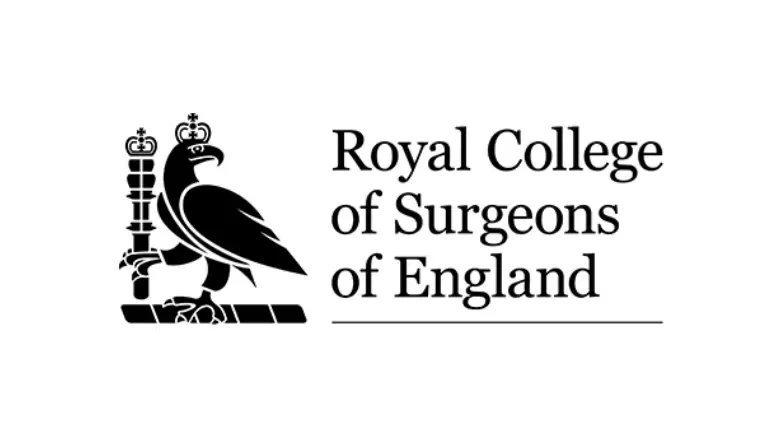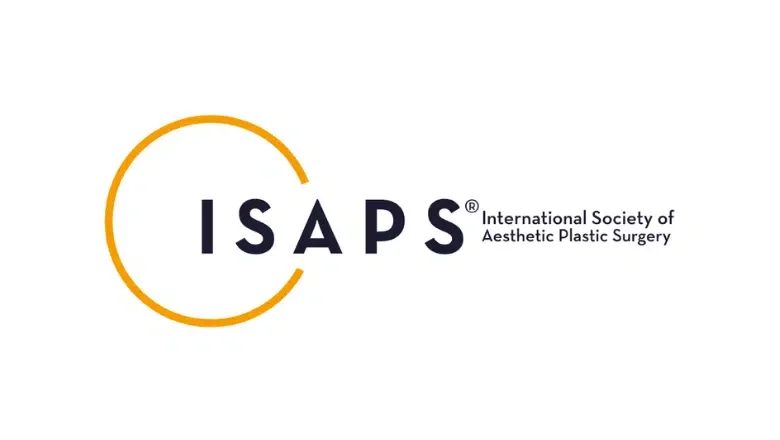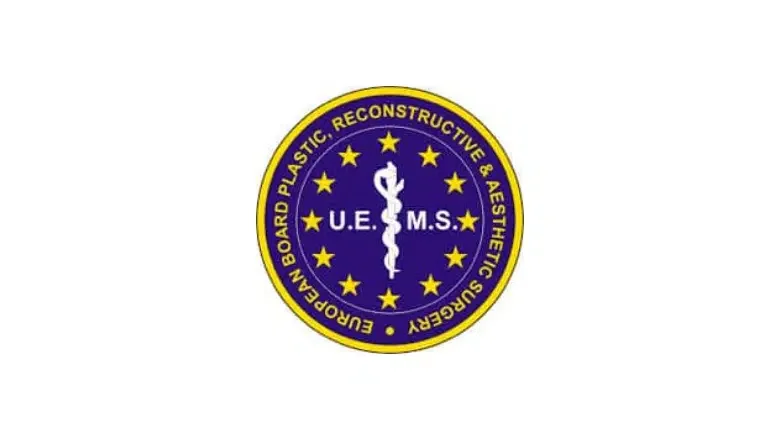Solutions for Fixing Separated Tummy Muscles After Having a Baby
Diastasis recti is a fancy term for when the tummy muscles split apart during pregnancy. You have a pair of muscles running down your belly, and they’re usually held together by a stretchy tissue strip called linea alba. When you’re pregnant, your uterus gets a lot bigger, pushing these muscles outwards and sometimes causing this tissue to thin out or even break apart.
After giving birth, this tissue often goes back to normal all by itself, snapping back like an elastic band. But for some mums, it doesn’t completely go back to how it was. This means that the tummy muscles stay separated, a condition known as diastasis recti. Usually, you can spot this if you notice your belly sticking out more than usual, either above or below your belly button.
RELATED: What Does a Torn Stomach Muscle Feel Like? – How to Fix Diastasis Recti
Why Do Tummy Muscles Separate During Pregnancy?
Having a baby is a big deal and it brings a lot of changes to your body, especially to your stomach muscles. Your tummy has a set of muscles on each side, and they’re joined together by a stretchy strip of tissue called the linea alba.
As your baby grows, your stomach muscles and this tissue get pushed outwards to make space for the baby. Sometimes, this stretchy tissue gets pulled so much that it can’t easily snap back into place. When this happens, the muscles on either side of your belly can’t come back together properly. This is what leads to your tummy muscles staying separated, a condition known as abdominal separation or diastasis recti.
Who Is Likely to Get Diastasis Recti?
While diastasis recti is most commonly seen in women who are pregnant or have recently had a baby, it can also occur in some men and even in babies. For pregnant women, this often happens in the third trimester, when there’s a lot of pressure on the stomach muscles due to the growing baby. Many women don’t even realise they have it until after they’ve given birth.
How Often Does It Happen?
Diastasis recti is actually more common than you might think. About 60% of women who’ve had a baby will experience it during the post-birth period. The good news is that for about 60% of those women, the condition sorts itself out within the first two months after giving birth. However, nearly 40% of women will still have diastasis recti six months after having their baby.
What Causes Diastasis Recti?
Most mums-to-be won’t spot any signs until after they’ve had their baby. It’s tough to tell during pregnancy because your tummy is already stretched out.
However, once you’ve had your baby, you might notice some symptoms. These could include a visible ‘pooch’ or bulge above or below your belly button, a jelly-like feeling in your tummy, a coning shape when you tense your stomach muscles, or difficulty with lifting things and doing everyday tasks. You may also feel like your tummy muscles are weaker than usual.
What Does Diastasis Recti Actually Feel Like?
Interestingly, diastasis recti itself is usually not painful. However, that doesn’t mean you won’t feel its effects. Because of the separation in your abdominal muscles, you might notice a distinct feeling of weakness in your core. This can become particularly apparent when you’re doing everyday activities that require lifting or straining. For instance, you may find that picking up a laundry basket suddenly feels more difficult than it used to. Additionally, some women describe feeling a sort of jelly-like texture in the gap between their separated abdominal muscles, which is another telltale sign.
How Can I Tell if I Have Diastasis Recti?
Wondering if you have diastasis recti? There are a few common signs that can give you a clue. One of the most noticeable is a persistent bulge in your midsection. What makes this bulge different is that it doesn’t seem to go away, even after you’ve lost your pregnancy weight. Exercises that normally target the abdomen might not make a dent in it either. Another sign to look out for is a ‘coning’ or ‘doming’ shape appearing on your belly when you lean back. While it’s possible to perform a self-check, the most reliable way to know for sure is to consult with a healthcare professional for a definitive diagnosis.
What Are the Risk Factors for Diastasis Recti?
Certain factors can make you more susceptible to developing diastasis recti. Here are some of the risk factors you should know about:
- Age: Women who are 35 years old or above are at a higher risk.
- Multiple Pregnancies: Having more than one baby increases the odds of your abdominal muscles separating.
- Vaginal Delivery: While more research is needed, some studies suggest that vaginal birth might increase the likelihood of experiencing diastasis recti.
- Big Baby: Having a larger-than-average baby can also increase the risk of abdominal muscle separation.
- Petite Frame: If you have an exceptionally small body frame, your muscles may be more likely to separate due to the pressure of the growing baby.
- Twins or Multiple Births: Carrying more than one baby at a time places extra stress on your abdominal muscles.
How to Diagnose Diastasis Recti: Tests and Procedures
Diagnosis starts with a hands-on examination by a healthcare provider, usually during your postpartum check-up before you get the green light to exercise again. Your doctor will use their fingers to feel for gaps and assess the muscle tone in your abdominal area. This condition can affect you above, below, or right at the belly button.
In some instances, additional tools like an ultrasound, measuring tape, or other instruments might be used to get an even more accurate measurement of the abdominal gap. For Medicare purposes, a gap wider than 3 centimetres is generally classified as diastasis recti. Sometimes, the gap is also measured in terms of finger widths, like a two or three-finger separation. Depending on the diagnosis, your healthcare provider might suggest specific exercises to help manage the condition or refer you to a specialist for further treatment options.
How to Self-Test for Diastasis Recti
You can also perform a self-test to check for diastasis recti. Here’s a step-by-step guide on how to do it:
- Lie on your back on a flat surface, bend your knees, and place your feet flat on the ground.
- Lift your shoulders off the ground slightly, making sure to keep one hand behind your head for support. Focus your gaze on your belly.
- Place your other hand on your abdomen, just above your belly button. Keep your palm facing downwards, with your fingers pointing towards your toes.
- As you lift your head and shoulders, use your fingers to gently press down and feel for a gap between your abdominal muscles.
- Take note of how many fingers can fit between the left and right sets of ab muscles.
If you find that two or more finger widths can fit, it’s advisable to consult a healthcare provider for a more thorough examination and guidance on appropriate treatment.
By following these steps, you can either confirm your suspicion of diastasis recti or rule it out. However, a specialist plastic surgeon’s diagnosis is the most reliable method for identifying and planning treatment for this condition.
How to Manage and Treat Diastasis Recti
Managing and treating diastasis recti generally involves a series of exercises designed to strengthen your core and reduce the gap between your abdominal muscles. Before you begin any exercise regimen, it’s crucial to confirm with your healthcare provider that it’s safe and suitable for you, especially if you’ve recently given birth.
Working With a Specialist:
It’s advisable to work with a physical therapist who specializes in treating diastasis recti. Such a specialist can help you develop a targeted treatment plan and guide you through the exercises, making sure you’re doing them correctly. The plan usually starts with gentle core-engaging exercises, progressing to more challenging ones as you improve.
Key Considerations and Modifications:
While undergoing treatment, you’ll also need to avoid certain actions that can make the separation worse. Here are some tips and modifications to consider:
- Avoid Heavy Lifting: Try not to lift anything heavier than your baby. Lifting heavy objects can put undue pressure on your already weakened abdominal wall.
- Be Mindful When Getting Up: When getting out of bed, don’t sit straight up. Instead, roll onto your side and use your arms to push yourself into a sitting position before standing. This technique reduces the strain on your abs.
- Avoid Certain Movements: Stay away from activities that make your abdominal wall bulge outward, as these can exacerbate the condition.
- Use Supportive Devices: Binding devices like abdominal wraps or belts can offer support and help maintain a good posture. These devices can hold your belly in place, making it easier for the muscles to come back together.
How to Prevent Diastasis Recti
While it’s quite common to experience some degree of abdominal muscle separation during pregnancy, there are proactive measures you can take to minimize the risk of developing diastasis recti:
- Manage Weight Gain: One of the most effective preventive measures is to manage your weight gain during pregnancy carefully. Try to keep it within the recommended range by following a balanced diet and staying active.
- Maintain Good Posture: Your posture plays a crucial role in preventing muscle separation. Make sure you’re standing and sitting up straight, keeping your spine aligned, which in turn keeps your core engaged.
- Be Cautious When Lifting: Lifting heavy weights can strain your abdominal muscles significantly, increasing the risk of diastasis recti. If you must lift something, make sure to use proper form and engage your leg muscles rather than your core
- Deep Breathing Exercises: Practising deep breathing can be beneficial. Aim for breaths that expand your chest along with your belly. This type of breathing engages the diaphragm and helps in maintaining the integrity of your abdominal wall.
- Use the Leg Roll Technique: Whether you’re in the late stages of pregnancy or in the postpartum phase, always use a leg roll technique to get out of bed. This involves rolling onto your side and using your arms to push yourself up, thus minimizing strain on your abdominal muscles.
- Avoid High-Pressure Core Exercises: Steer clear of exercises that put undue pressure on your abdominal muscles, such as crunches or sit-ups, especially during the latter stages of pregnancy.
These preventive steps can go a long way in reducing the risk of developing diastasis recti. However, it’s always advisable to consult a specialist plastic surgeon for personalised advice tailored to your specific needs.
When Should I Seek Medical Help?
If you’re considering surgical intervention for diastasis recti, a consultation at Centre for Surgery could be an important step in addressing the condition effectively. It is advisable to book a consultation under the following circumstances:
- Persistent Gap: If you still have a gap of more than two finger-widths in your abdominal muscles even after attempting physiotherapy and at-home exercises.
- Physical Discomfort: If you’re experiencing consistent pain, back issues, or any of the complications associated with diastasis recti that impact your daily life.
- Cosmetic Concerns: If the appearance of your abdomen is causing you distress or affecting your self-esteem, especially if it still looks as though you are pregnant months or even years after delivery.
- Failure of Conservative Treatments: If you’ve been following a physical therapy regimen but have not seen significant improvement, a consultation for abdominoplasty may be beneficial.
- Planning More Pregnancies: If you’re considering having more children and want to understand how subsequent pregnancies might affect your diastasis recti and what preventative steps you can take.
- Comprehensive Assessment: For a full understanding of your condition and personalised treatment options, it’s beneficial to consult specialists who are experienced in treating diastasis recti surgically.
- Expert Advice: If you’re looking for a second opinion or want to explore all available treatment options, including the latest surgical techniques.
When you consult at Centre for Surgery, the surgeon will perform a thorough diagnosis to assess the extent of the muscle separation and will recommend a tailored treatment plan that may include surgical options such as abdominoplasty. This can help you make an informed decision about how best to proceed in treating your diastasis recti.
Why Choose Centre for Surgery for Diastasis Recti Treatment?
Expertise & Experience
Centre for Surgery boasts a team of highly qualified, experienced, and dedicated surgeons specializing in plastic surgery, including treatments for diastasis recti. Our surgeons are recognised as authorities in the field, continually staying up-to-date with the latest research and techniques to provide cutting-edge treatment options.
Patient-Centric Approach
We pride ourselves on our holistic, patient-focused approach. From your initial consultation through to aftercare, we prioritise your comfort, well-being, and satisfaction. Our bespoke treatment plans are tailored to each individual patient’s needs, ensuring optimal results.
State-of-the-Art Facilities
Our clinic, located at 95-97 Baker Street, London, offers state-of-the-art facilities equipped with the latest surgical and diagnostic technology. This ensures that we can offer the best in patient care and treatment effectiveness.
Stringent Safety Standards
Patient safety is paramount at Centre for Surgery. We adhere to rigorous protocols and hygiene standards to ensure a safe and sterile environment. Our safety track record speaks for itself.
Convenience
Easily accessible from various parts of London, our clinic offers flexible consultation timings to accommodate your busy schedule.
What Our Patients Say
-
Sarah, 32
“My experience at Centre for Surgery was nothing short of amazing. The care and treatment I received were exceptional, and I couldn’t be happier with the results of my surgery.” -
Michael, 45
“From the moment I stepped into the clinic, I felt welcomed and at ease. The staff are incredibly professional, and the surgeon was genuinely interested in understanding my needs.” -
Emily, 38
“The post-surgery aftercare was fantastic. The team at Centre for Surgery really went the extra mile to ensure I was comfortable and healing properly.”
Book Your Consultation Today
Ready to take the first step in treating diastasis recti and improving your quality of life? Book a consultation with one of our specialist surgeons to explore your options.
📞 Phone: 0207 993 4849
📧 Email: contact@centreforsurgery.com
📍 Address: 95-97 Baker Street, London W1U 6RN
Take control of your body and your life—choose Centre for Surgery for unparalleled expertise and patient care.










